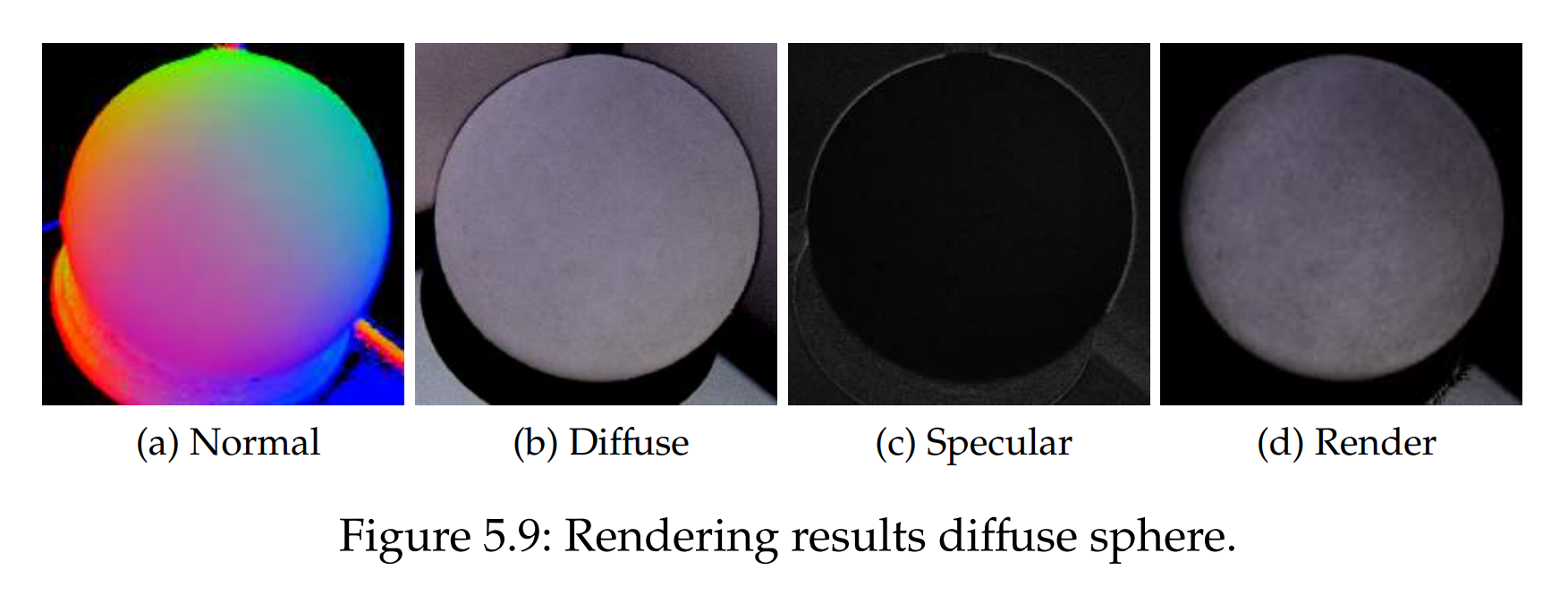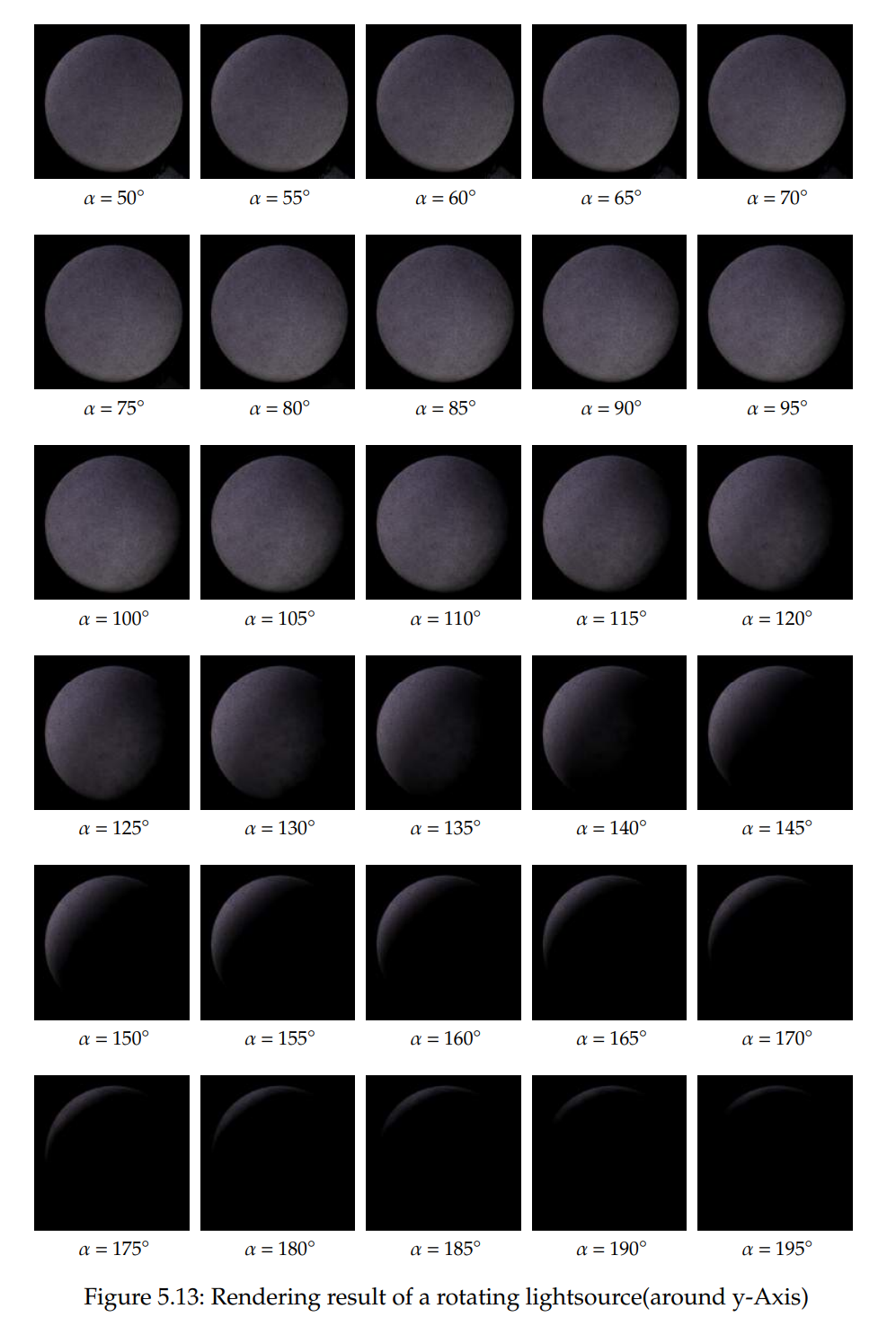

For my Bachelor thesis, I designed, built, programmed, tested and evaluated a monitor-based
lightstage. It is used to acquire surface information of an object in order to re-illuminate
it digitally.
To achive this, I first built the lightstage as a cube of 6 monitors, then I wrote a
server-client-based scanning pipeline in C++ to illuminate the object by specific patterns
and capture its reflectance function. These responses are further processed by the second
pipeline I created, which extracts the previously mentioned surface information of the
object as well as creating the final rendering of the re-illuminated object. The results are
realisticly and continuously re-illuminated objects.
![Source: Producing 3D Audio in Ambisonics - Scientific Figure on ResearchGate. Available
from: https://www.researchgate.net/figure/First-16-spherical-harmonics-with-order-n-and-degreem_fig1_281559396 [accessed 24 Sep, 2021]](assets/images/Lightstage/Spherical_Harmonics.png)


 The following image displays the rendered diffuse sphere, virtually illuminated from different
angles.
The following image displays the rendered diffuse sphere, virtually illuminated from different
angles.
